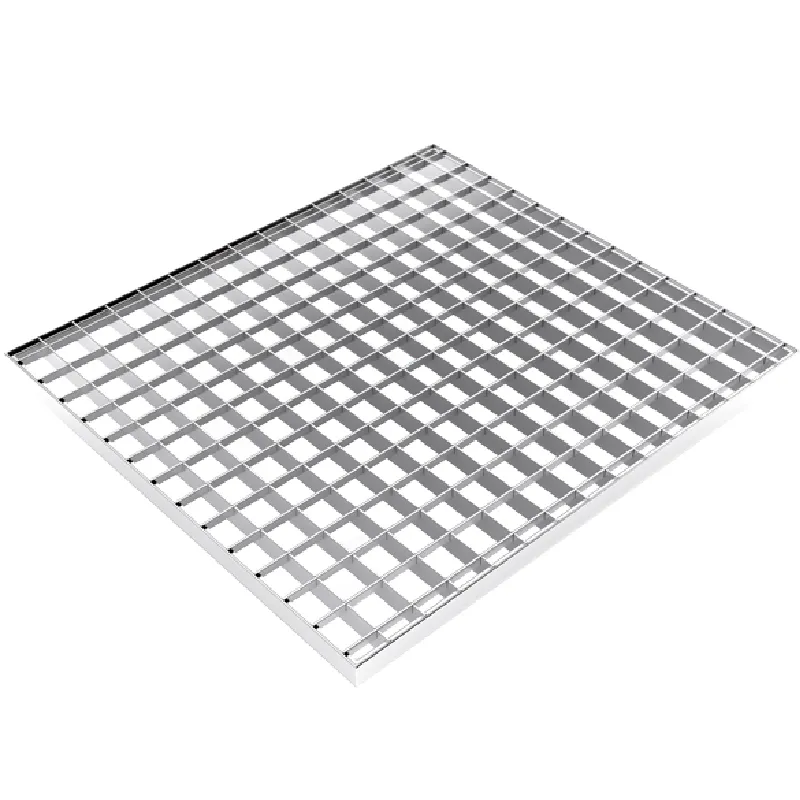- Industrial zone, South of Anping Town, Hengshui, Hebei, China.
- sales@hfpetromesh.com
- +86-18931809706
Guide to Selecting Appropriate Sizes for Trench Drain Grates in Your Project
Understanding Trench Drain Grate Sizes A Comprehensive Guide
Trench drains, also known as channel drains, are vital components of drainage systems designed to efficiently manage surface water runoff. Their effectiveness largely depends on the size of the trench drain gratings, which serve as the top cover for these systems while allowing water to flow seamlessly into the drain below. Understanding trench drain grate sizes is essential for selecting the right system for a specific application, ensuring optimal performance and longevity.
Importance of Trench Drain Grate Sizes
The correct sizing of trench drain grates plays a critical role in the overall design and functionality of drainage systems. A grate that is too small may become overwhelmed by water flow, leading to flooding or pooling. Conversely, a grate that is too large might not properly support the loads it needs to bear, risking structural integrity and safety.
Grate sizes are typically determined by several factors, including the anticipated volume of water, the type of environment (commercial or residential), and the surface materials around the trench drain. Commonly used sizes vary, but standard widths range from 3 to 12 inches, with lengths usually corresponding to the trench length. The choice of grate size will impact its drainage capacity and load-bearing capabilities.
Common Sizes and Their Applications
1. Residential Applications For residential use, especially in driveways and patios where light traffic is expected, trench drain grates usually range from 3 to 6 inches in width. These sizes effectively handle moderate amounts of water while fitting seamlessly with aesthetic landscaping.
trench drain grate sizes

2. Commercial Applications In commercial settings with heavier traffic, such as parking lots or industrial zones, wider grates (6 to 12 inches) are preferred. These larger sizes accommodate increased water flow and resist damage from heavier vehicles.
3. Specialty Grates Some applications require specialized grates, such as those found in public areas or facilities where safety is paramount. Heavy-duty grates made from materials like steel or polymer concrete come in various sizes and offer superior strength and drainage capabilities.
Material Considerations
In addition to size, the material of trench drain grates significantly impacts their performance. Common materials include plastic, polymer, galvanized steel, and cast iron. Each material has its strengths and weaknesses, such as corrosion resistance, load capacity, and aesthetic appeal. When selecting grate sizes and materials, it's essential to consider the environment and the types of loads the grates will support.
Conclusion
When it comes to trench drain systems, the size of the grates is a fundamental aspect that ensures effective water management and longevity of the installation. By understanding the different sizes available and their appropriate applications, one can make informed decisions that enhance drainage efficiency while meeting aesthetic and structural demands. Whether for residential or commercial use, selecting the right trench drain grate size is crucial for maintaining safe and functional outdoor spaces. Always consult with drainage professionals to determine the best options tailored to specific needs.
-
The Power of Pyramid Shaker Screen - A 3-Dimensional SolutionNewsOct.24,2024
-
Exploring the Versatility and Durability of Steel GratingNewsOct.24,2024
-
Revolutionizing Drilling Efficiency with Steel Frame Shaker Screens for Mud Shale ShakersNewsOct.24,2024
-
Potential of Shale Shaker ScreensNewsOct.24,2024
-
Offshore Pipeline Counterweight Welded Mesh - Reinforced Mesh in Marine EngineeringNewsOct.24,2024
-
Revolutionizing Offshore Pipeline Stability with Concrete Weight Coating MeshNewsOct.24,2024
